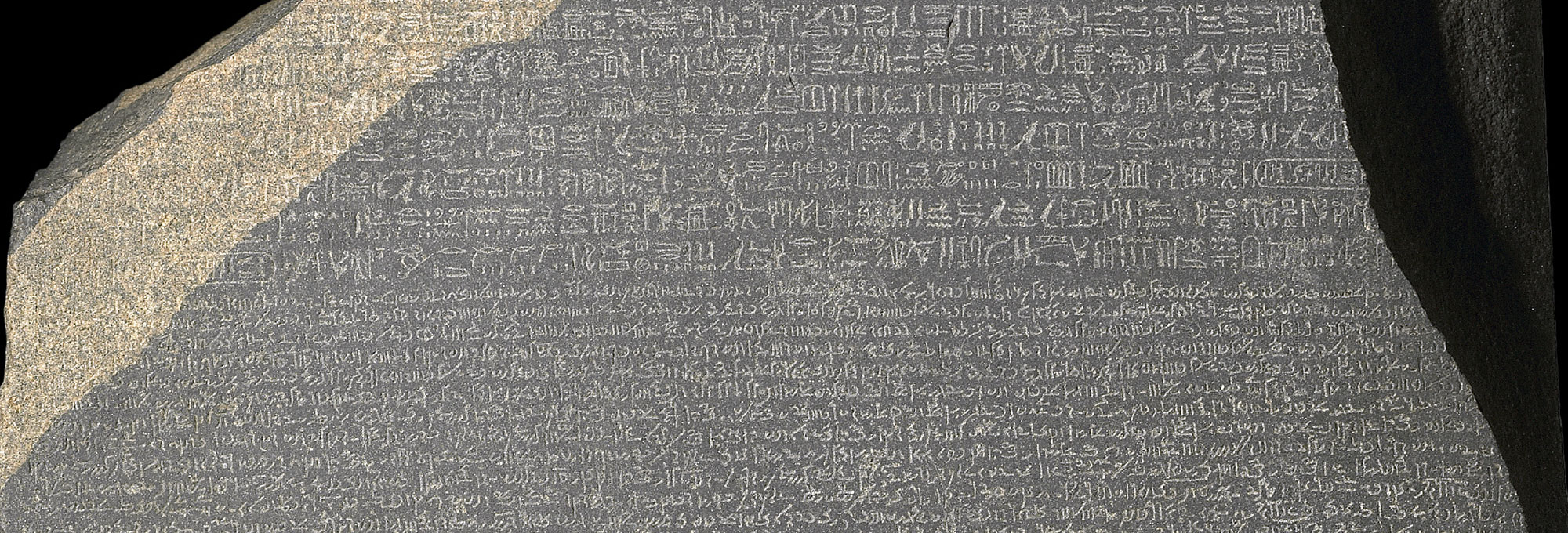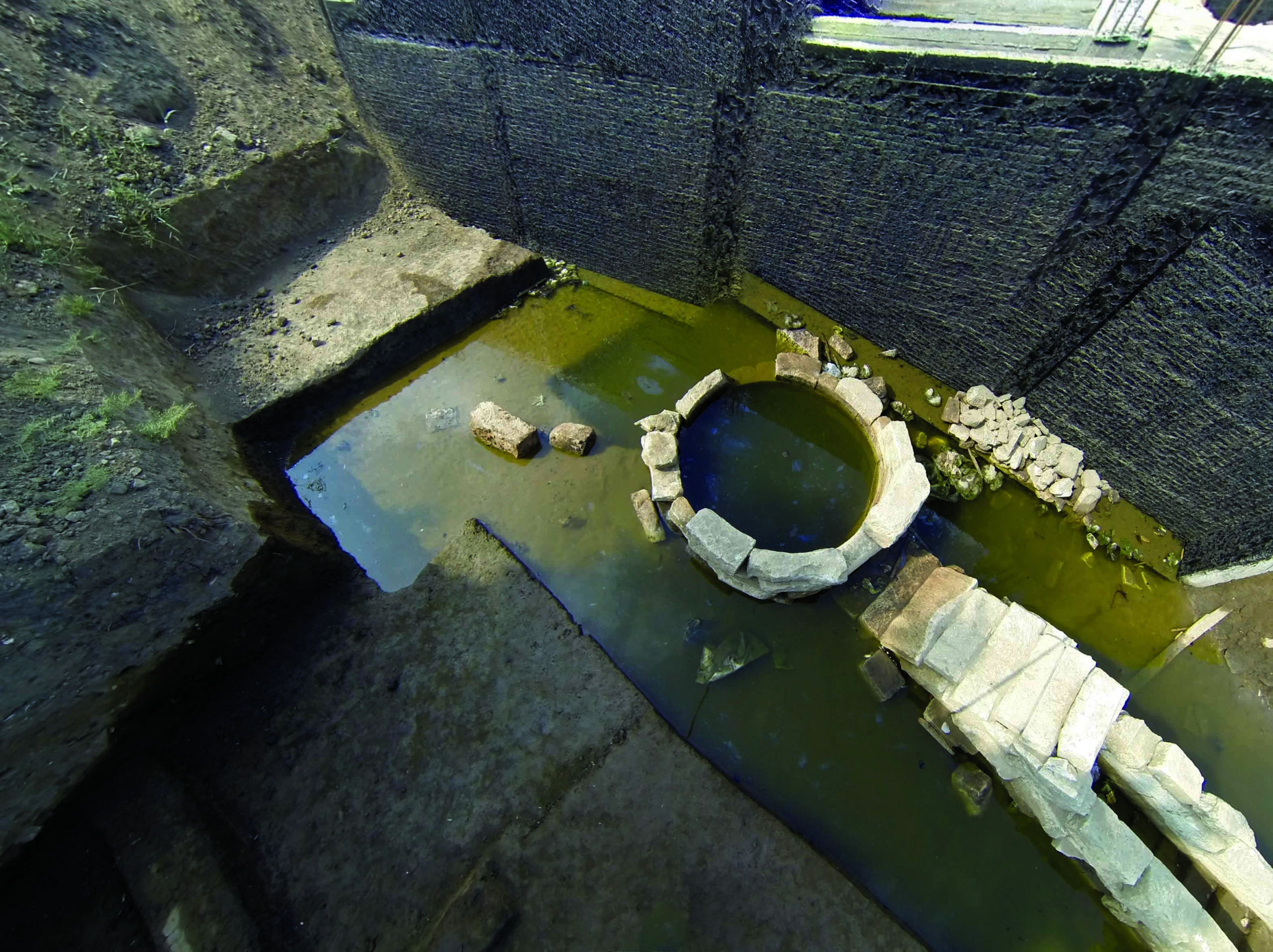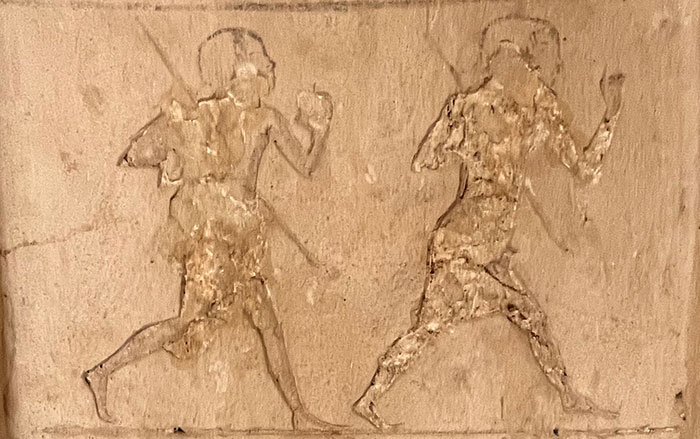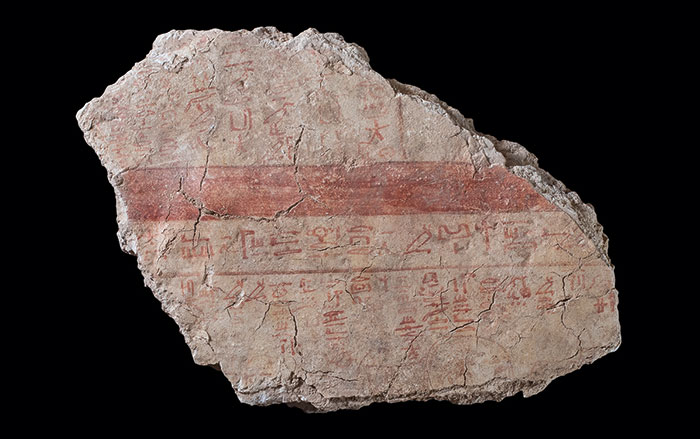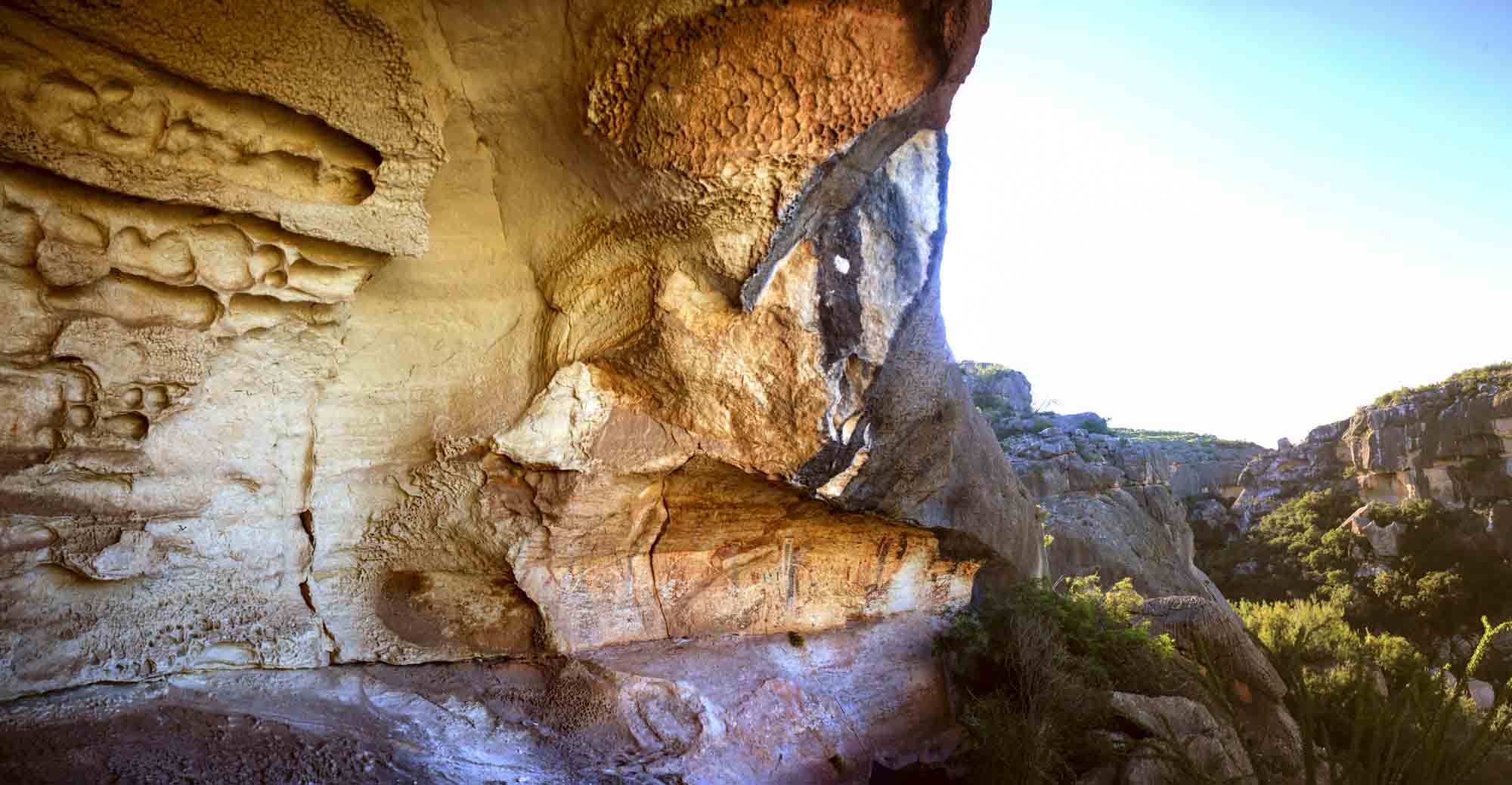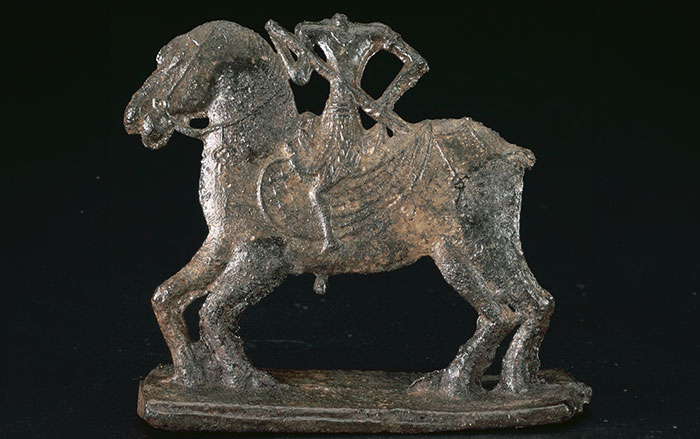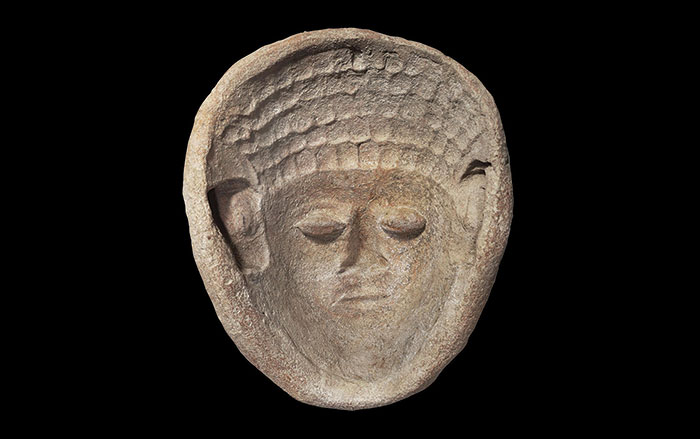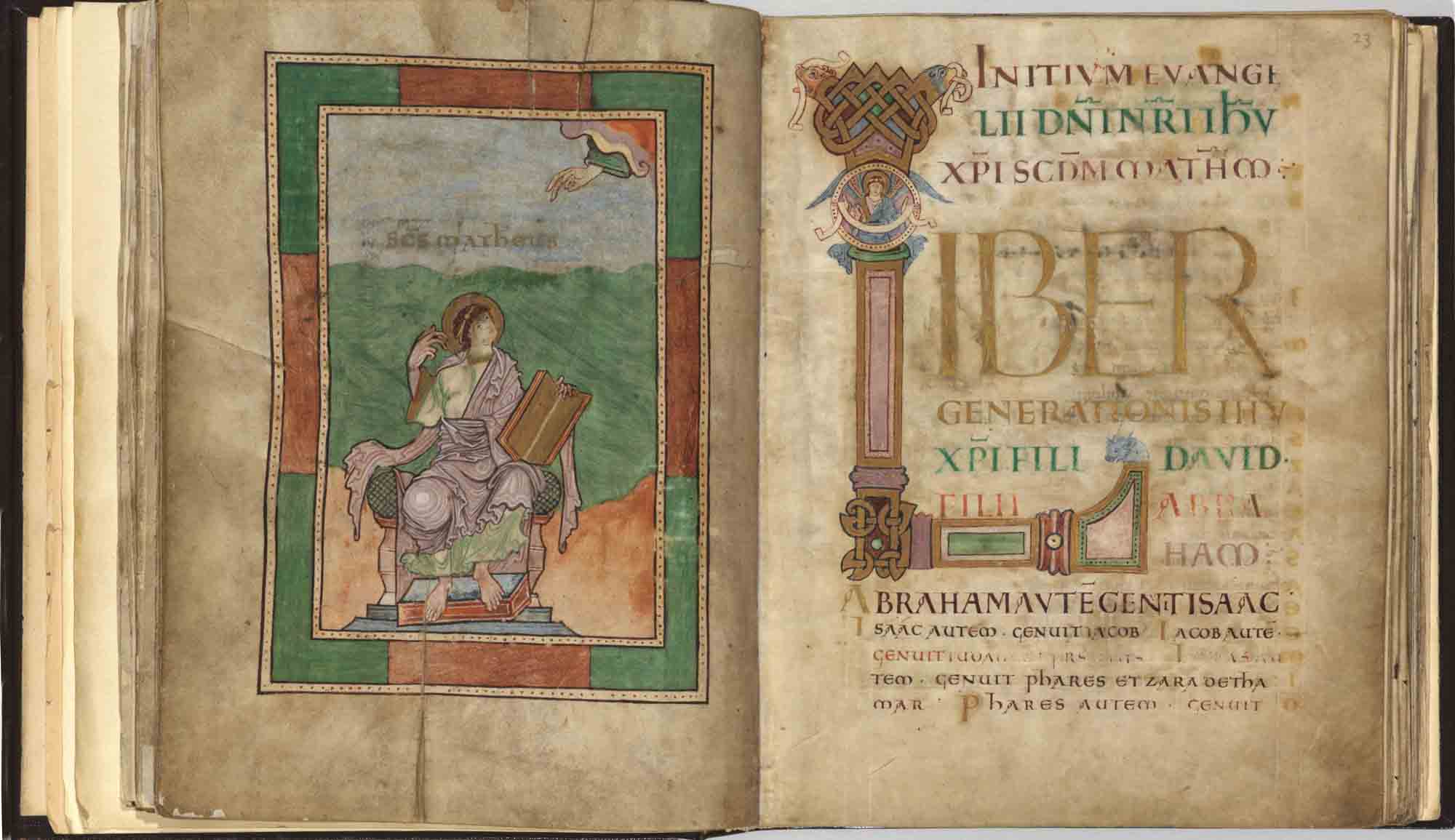The Rosetta Stone is, inarguably, one of the most famous archaeological artifacts in the world. Shortly after it was uncovered by French Napoleonic troops in Egypt in 1799, it was seized by the British and transferred to the British Museum, where it has remained prominently on display for the past 200 years. The carved gray granodiorite stela is strikingly elegant, but the stone’s significance lies more in its tripartite inscription than in its aesthetics. The juxtaposition of the three passages, identical but for each having been written in a different script—Egyptian hieroglyphics, Egyptian Demotic, and Ancient Greek—would prove to be key to solving the puzzle of deciphering ancient Egyptian hieroglyphics.
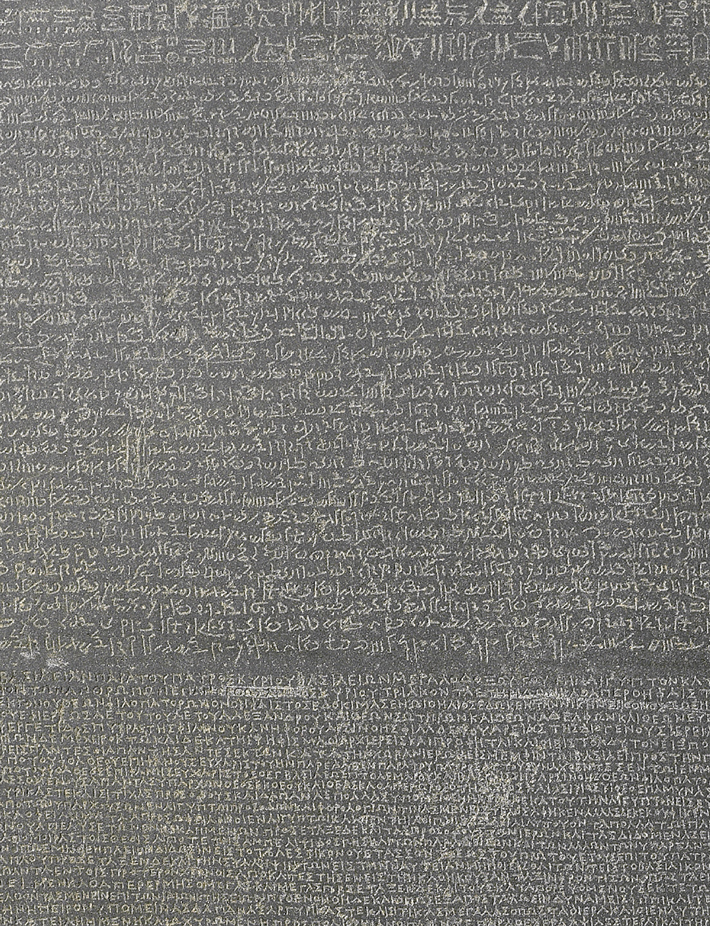
While many people may be familiar with the basics of the Rosetta Stone, few perhaps know what the text says or understand the events that influenced the stela’s creation. The stone was once part of a series of carved stelas that were erected in locations throughout Egypt amid events of the Great Revolt (206–186 B.C.). These monuments were inscribed with the Third Memphis Decree, which was issued by Egyptian priests in Memphis in the year 196 B.C. to celebrate Ptolemy V’s achievements and affirm the young king’s royal cult.
It is sometimes forgotten that the Ptolemaic rulers were actually Greek. Ptolemy V (r. 205-180 B.C.) came to power as a child of six when his father, Ptolemy IV (r. 222-205 B.C.), died. Ptolemy V was no more than 14 when the decree was written.
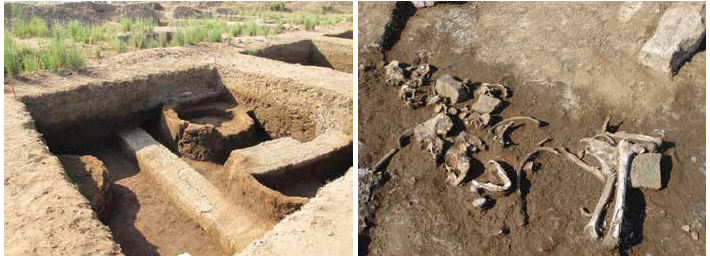
The decree, nonetheless, chronicled his victory in the Nile Delta over a faction of native Egyptians who were violently rebelling against Hellenistic rule. While specifics of the revolt remain obscure today, the little that is known has been drawn from a few surviving texts and inscriptions, including the Rosetta Stone. Until recent excavations at the ancient city of Thmuis, located in an area where some of the bloody events are known to have occurred, hardly any archaeological evidence of the revolt existed. But at Thmuis, archaeologists have encountered signs of violent destruction and death, which they believe are the first definitive remains associated with the uprising. In addition, these discoveries are leading to a new and more subtle understanding of the Rosetta Stone—one in which it is viewed less as linguistic serendipity and more as a propagandistic document created for all to see in a tumultuous time.

Thmuis is buried beneath Tell Timai in the Nile Delta of northern Egypt around 40 miles from the Mediterranean coast. A tell is an artificial mound of earth and debris, common in the Near East, formed through long periods of occupation and abandonment of the same site. Thmuis, once located along the now-defunct Mendesian branch of the Nile, was originally established as a smaller companion settlement to the important port city of Mendes, just under half a mile to the north. While Mendes was a significant religious and political center dating back as long as 5,000 years, Thmuis, literally meaning “new land,” was founded around the middle of the first millennium B.C. as an industrial suburb. The Mendes-Thmuis district lies along an important transit and trade corridor connecting the Mediterranean Sea with Upper Egypt and was renowned in antiquity for its production of perfume. Much of the perfume manufacturing process, from the infusion of olive oil with special scented flowers and herbs, to the production of small ceramic oil vessels, or aryballoi, was centered in Thmuis.
Later, during the Ptolemaic period (323–30 B.C.), Thmuis flourished and came to supplant Mendes as the dominant city in the region, eventually even replacing its sister settlement as capital of the administrative district. It continued to thrive in the Roman and early Christian periods. For archaeologists, the well-preserved ruins beneath Tell Timai constitute one of the best surviving examples of a Greco-Roman Egyptian city. It not only provides valuable insight into aspects of daily life thousands of years ago, but also into one particularly notorious event: the Great Revolt. All that it has to offer, however—its wealth of potential information—was very nearly destroyed.
EXPAND
The Race to Crack the Code
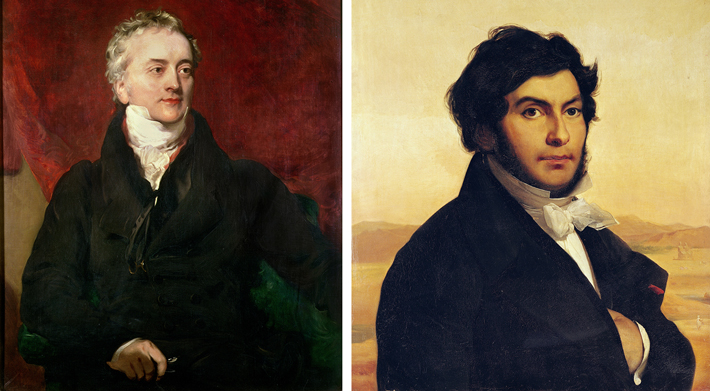
Almost immediately after it was discovered in 1799, the Rosetta Stone was recognized as the potential key to decoding hieroglyphics and the long-lost language of the ancient Egyptians. The inscription, the Third Memphis Decree, was written three times on the stone in three different scripts: hieroglyphics (the sacred script of the temples), Egyptian Demotic (the script of everyday native Egyptian use), and Ancient Greek (the language of the ruling Ptolemaic Dynasty). Although scholars were still unable to read the first two, Ancient Greek was well known, and the Greek text on the stone provided a starting place from which to finally decipher the other two. For hundreds of years European scholars had attempted in vain to translate Egyptian hieroglyphics. When news of the Rosetta Stone’s discovery reached Europe, the race was on.
Although several renowned intellectuals tackled the inscription, the competition to decipher Egyptian hieroglyphics essentially became a contest between two men, Thomas Young and Jean-François Champollion. Young was an English physician, polymath, and one of the brightest minds of his generation. Champollion, a Frenchman, was a prodigious linguist. One of the difficulties facing both men was determining whether Egyptian hieroglyphics even constituted a spoken language. Did the written characters and pictures denote letters, syllables, or words, or were they solely ideographic symbols representing an idea or action like today’s “no smoking” icons or emojis. These convey concepts, but do not represent speech.
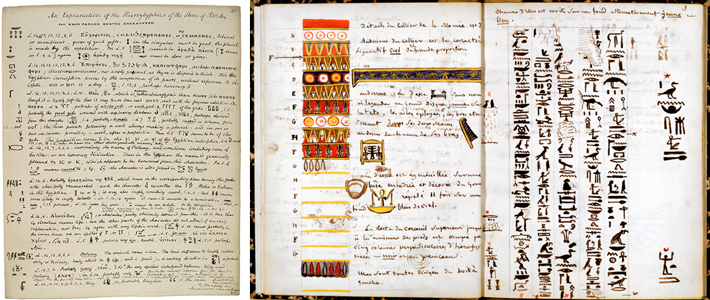
Fueled by their rivalry, both men made progress, especially in determining that when certain hieroglyphic symbols were grouped together within an oval enclosure, or cartouche, they represented the personal name or title of a ruler. Because the Rosetta Stone inscription records the name “Ptolemaios” so frequently, it was possible to identify the cartouche and hieroglyphic characters that spelled out the Greek pharaoh’s name in the Egyptian text on the stone. It was a stunning breakthrough: Individual hieroglyphic symbols could represent letters or sounds. But while letters could be recognized, neither man knew anything about the language itself. Champollion then began to follow a different path. He looked to Egyptian Coptic, the little-known surviving liturgical language of Egyptian Christians, as he believed it might have been related to ancient Egyptian. He was right. In 1822, Champollion finally solved the riddle—he was able to read hieroglyphics. Purportedly, he rushed into his brother’s office exclaiming, “I’ve got it!” before collapsing on the floor. Champollion had discovered that while hieroglyphs were sometimes ideograms, representing an object directly—the character of a lion can actually mean “lion”—they had phonetic value as well. For example, in hieroglyphics, the lion symbol also represents the letter L, the snake the letter J, the open hand the letter D. A somewhat poignant footnote to Champollion’s work is that he never actually saw the Rosetta Stone.
By 2007, Tell Timai’s neighboring villages and their modern development were rapidly infringing upon its approximately 225 acres. Throughout the centuries, parts of the site had already been irrevocably damaged by villagers looting its mudbrick and stone structures for building materials. When new construction projects, including a large stadium, threatened to destroy part of the ancient city, archaeologists from the University of Hawaii were given permission by Egyptian authorities to survey the area. “I was overwhelmed with the level of preservation and the miracle of survival of a nearly intact Hellenistic Egyptian city in the Nile Delta,” says project codirector Jay Silverstein. “The site was endangered, and if we hadn’t started a project there, the site would have been lost.”
Fortunately, the initial results of that survey were enough to convince the Egyptian government to alter their plans, and, over the past decade, the Tell Timai Project of the University of Hawaii has continued to excavate and conserve the remains of ancient Thmuis. For a brief period in the 1960s, archaeologists from New York University investigated the site, but other than that, the ongoing Tell Timai project is the first one dedicated to organized and systematic exploration and conservation. Thmuis offers a rare glimpse into Hellenistic Egypt, a period that is often overlooked. Egypt has an extraordinarily long and rich history, but both archaeological and popular attention often focuses on more “glamorous” eras, such as the time of the pharaohs and pyramids, or that of Julius Caesar and Cleopatra.
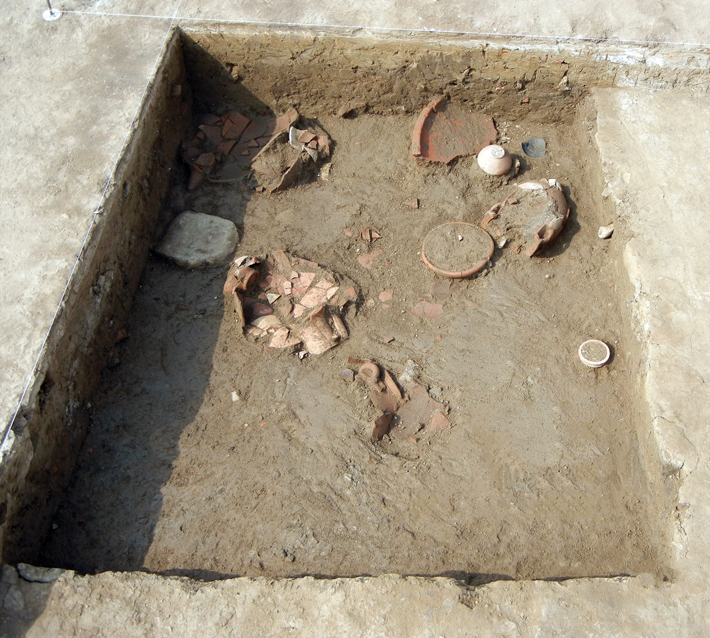
The importance of the discovery of the well-preserved urban core of Thmuis can’t be overstated. It can immediately be seen as having been a thriving, sophisticated settlement, with a network of streets and blocks of mudbrick buildings, some of which were two and three stories high. But beneath this urban infrastructure, archaeologists have come across signs of a grim episode in the ancient city’s earlier history—an extensive destruction layer consisting of damaged buildings, deposits of burned material, artillery, and even human skeletons. These deposits and artifacts are likely associated with one of the most volatile chapters of Ptolemaic and Hellenistic Egypt—the Great Revolt. “In Thmuis, archaeological and literary evidence coincide,” says Silverstein, “to paint a grim picture of a countryside inflamed and a ruthless military response that devastated cities and reshaped the politics and religion of Egypt.”
The Great Revolt was at least a hundred years in the making, and it would alter Greco-Egyptian relations forever. Silverstein says, “The Great Revolt is a fascinating and forgotten piece of history that offers some interesting insights on Egyptian ethnicity, imperialism, and Hellenism.” Other than a brief period between 402 and 343 B.C., by the late third century B.C. Egypt had been occupied by foreign invaders for more than three hundred years. Greek (specifically Macedonian) rule over Egypt began with Alexander the Great, who conquered the territory in 332 B.C. and “liberated” Egypt from the oppressive Persian Empire. After his death in 323 B.C., Alexander’s trusted general Ptolemy I inherited the kingdom, ushering in a period of Ptolemaic dynastic rule that would last until the death of Cleopatra in 30 B.C.
Initially, relations between the Greek Ptolemaic rulers and the Egyptian masses proceeded smoothly, if cautiously. However, as the third century B.C. progressed, Greco-Egyptian affairs deteriorated. An influx of Greek colonists to Egypt, along with worsening economic conditions, spawned resentment. A grassroots nationalistic movement also began to take hold, fueled in part by Egyptian soldiers who had served in Ptolemy IV’s army in the Battle of Raphia in 217 B.C. Having gained confidence and experience in the Ptolemaic army, many veterans returned home unwilling to accept their role as second-class citizens and actively pushed for the return of Egyptian leadership. By 206 B.C., the pot boiled over and armed rebellion against Greek rule broke out.

While the insurrection was centered mostly in Upper Egypt around Thebes, where a new pharaoh of Egyptian lineage was installed, the turmoil also extended to the Nile Delta. Parts of the Rosetta Stone document the brutal victory of Ptolemy V’s forces over insurgents in a town to the west of Thmuis: “He went to the fortress…which had been fortified by the rebels with all kinds of work.…The rebels who were inside of it had already done much harm to Egypt and abandoned the way of the commands of the king.…The king took that fortress by storm in short time. He overcame the rebels who were within it and slaughtered them.”
While there have been a few surviving ancient texts such as the Rosetta Stone from which to glean small details about the 20-year revolt, almost no archaeological evidence existed until the recent excavations in Thmuis. “The Rosetta Stone is one of the best sources on the Great Revolt,” says Silverstein, “but without any archaeological data—and realizing that a major underlying motive of the Rosetta Stone is propaganda—it can be difficult to interpret.”
The archaeological work at Thmuis has begun to illuminate parts of the inscription and place the Rosetta Stone within the context in which it was inscribed 2,200 years ago. Apparently, that context was one of violent conflict. When the researchers began work in the northern section of the ancient town, they soon discovered an industrial area of pottery kilns, once used to fire the small jars that held Thmuis’ famous perfumes. They also discovered that the kilns had all been systematically destroyed. Lying atop one of the ovens was the skeleton of a young man. Due to the poor preservation of the bones and the lack of associated finds, it was impossible to determine the circumstances surrounding the body’s disposal, but it piqued the archaeologists’ curiosity. As the excavation expanded, signs of a sudden and catastrophic event became more apparent. A widespread destruction layer, consisting of ash and burned ceramics, blanketed the site. One house contained an assemblage of high-quality ceramics left in situ, and a collection of coins was found buried beneath the floor. In the ancient world, it was common to hide one’s valuables when danger was imminent. The pottery and the coinage dated to the early second century B.C., consistent with the dates of the Great Revolt.
Other debris layers contained heavy stones used as ammunition or ballistae—a type of ancient artillery—arrowheads, and even part of a human skull, all convincing evidence of the rebellion. But perhaps the most substantial proof that the violence happening elsewhere in the Delta had spilled over into Thmuis was found on another body lying amid the rubble. The skeleton, which belonged to a male in his 50s, displayed signs of massive physical trauma, both at the time of his death and in his younger days. Analysis revealed that the man suffered a series of blows to his jaw, spine, arm, legs, and ribs. “The skeleton is the smoking gun I had hoped for,” says Silverstein. “Here is a man who died a violent death, probably facing his enemies, and was not buried but was instead left among the ruins.”
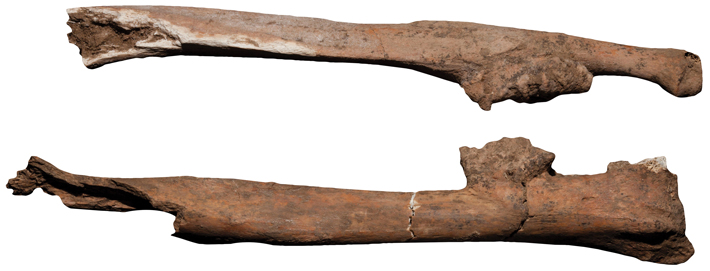
Additional inspection of the man’s skeletal remains further strengthened the theory that he was involved in the Great Revolt. A healed parry fracture on his left forearm indicated that the man had also suffered severe trauma years earlier, likely in military combat. Silverstein believes that, given all the evidence, it is possible that the unidentified man was one of those Egyptian veterans of the Battle of Raphia who were instrumental in inciting the revolt when they returned home.
Although exploration of the site is ongoing—“We have barely scratched the surface,” notes Silverstein—Thmuis has already produced the most convincing archaeological evidence to date of the Great Revolt. While neither Thmuis itself nor the events that took place there are specifically chronicled on the Rosetta Stone, Thmuis’ story, slowly being revealed through excavation, can perhaps be viewed as indicative of that of settlements all over a Nile Delta region in upheaval. And even as the Rosetta Stone has supplied clues over the years about the revolt, the discoveries at Thmuis have also helped shape a new understanding and perception of the Rosetta Stone. It can now begin to be seen not just as a famous museum piece, but also as an object intertwined with human events, created over two millennia ago in a world populated with real people, at a time of great violence and high stakes. The tripartite inscription can be understood to have been designed by the Ptolemaic regime to ensure that the diverse populations of ancient Egypt would be able to read and understand its message extolling the sovereignty and legitimacy of the Greek pharaoh. “The Rosetta Stone transformed our understanding of ancient Egypt,” says Silverstein, “but I think our discoveries at Thmuis may help transform our understanding of the Rosetta Stone.”


